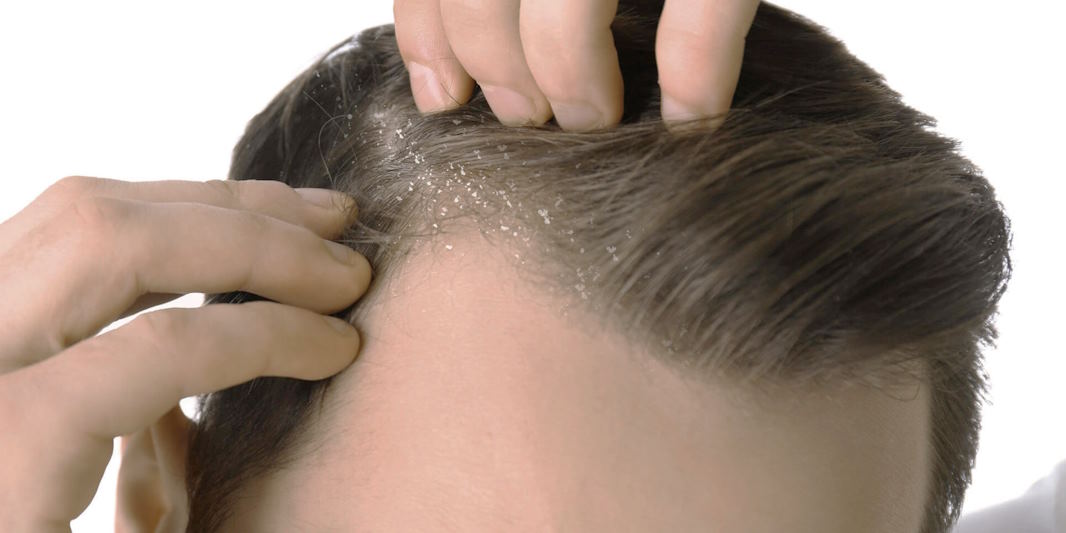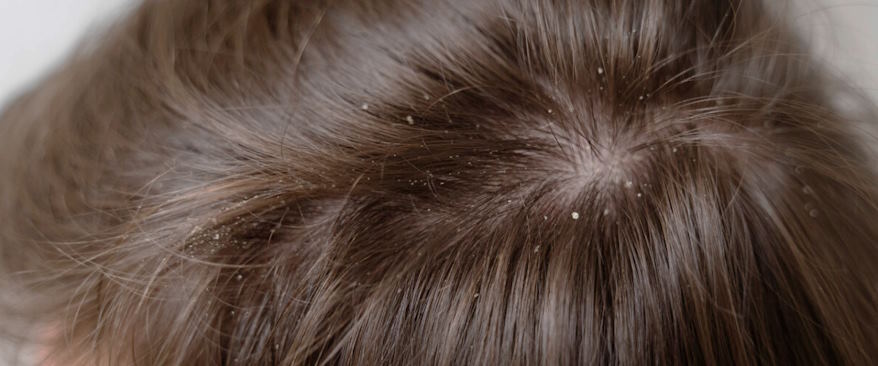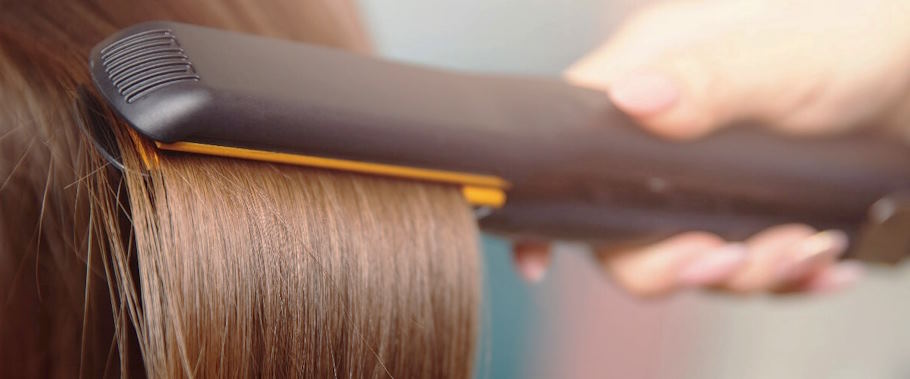Here we speak about a widespread scalp condition, afflicting millions globally, causing embarrassment and discomfort. It manifests as the shedding of dead skin cells from the scalp, often resulting in itching and irritation. Coping with these pesky white flakes can be a challenge. However, by grasping the underlying causes and embracing proactive prevention and management techniques, individuals can effectively address this issue.
What are the main causes of dandruff?
Dandruff can stem from various factors, both internal and external. One primary cause is the overgrowth of a yeast-like fungus called Malassezia, which naturally resides on the scalp but can increase under certain conditions, such as excessive oil production or a compromised immune system.
Seborrheic dermatitis, a common skin condition characterized by red, oily skin covered with yellow or white scales, is another culprit behind dandruff formation. Certain lifestyle factors, such as stress, hormonal fluctuations, and poor diet, can exacerbate dandruff symptoms.
Additionally, harsh hair care products, frequent use of hot styling tools, and inadequate scalp hygiene may contribute to dandruff development.

How can I prevent it?
Preventing dandruff involves adopting a comprehensive approach that addresses both scalp health and overall well-being.
One key strategy is maintaining good hygiene by regularly washing your hair with a gentle shampoo and thoroughly rinsing to remove oil, dirt, and product buildup. Avoiding harsh hair care products and minimizing the use of hot styling tools can help prevent scalp irritation and dryness, reducing the risk of dandruff formation.
Additionally, managing stress through relaxation techniques like meditation or yoga and adopting a balanced diet rich in vitamins, minerals, and omega-3 fatty acids can support scalp health from within.
Incorporating scalp massages into your hair care routine can stimulate blood circulation and promote a healthy scalp environment, further reducing the likelihood of dandruff.
How can I solve this problem?
Firstly, explore anti-dandruff shampoos infused with active components such as zinc pyrithione, selenium sulfide, ketoconazole, or coal tar. These formulations target the fungus accountable for dandruff, curbing flaking. Adhere closely to the shampoo instructions and ensure adequate time for them to take effect before rinsing.
Additionally, incorporating regular scalp exfoliation into your hair care routine can help remove dead skin cells and prevent their buildup on the scalp.
For persistent dandruff, consult a dermatologist who can provide personalized recommendations and treatment options, such as prescription-strength shampoos or medicated treatments.





